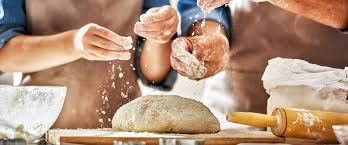Baking is more than just mixing ingredients and popping them in the oven. It’s a delicate science that combines chemistry, biology, and physics to transform simple ingredients into delicious treats. Understanding the science behind baking can help you achieve perfect results every time, whether you’re baking a loaf of bread, a batch of cookies, or a delicate cake. In this guide, we’ll break down the key factors that influence baking and offer tips on how to master them for the best possible outcome.
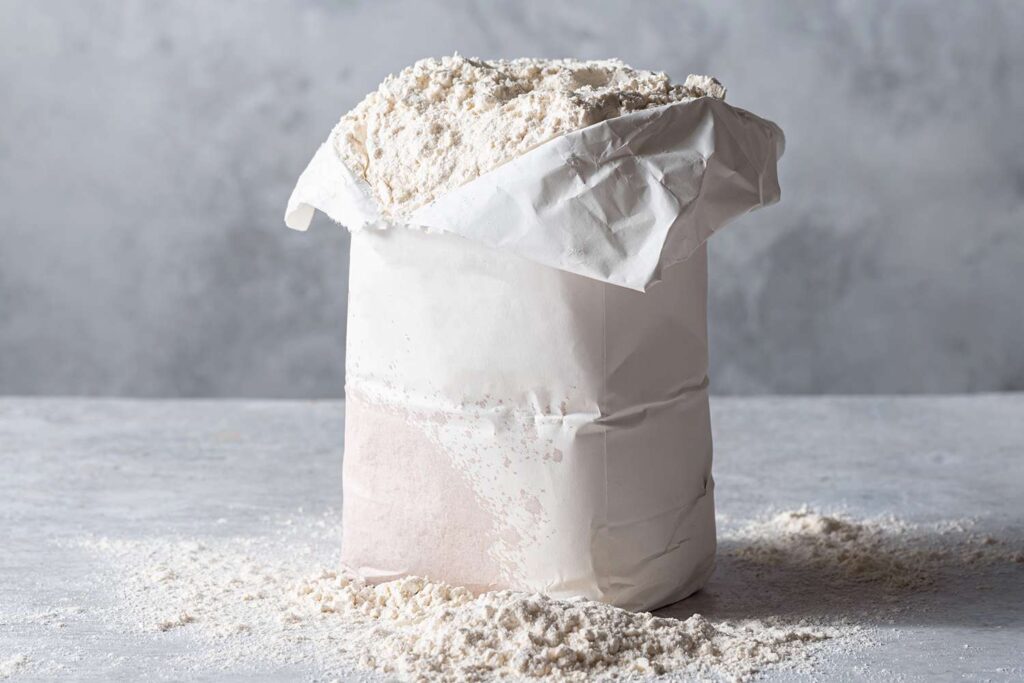
1. The Role of Flour
Flour is the backbone of most baked goods, and it provides structure and texture. Different types of flour contain varying amounts of protein, which influences the final product. The protein in flour, mainly gluten, gives dough its elasticity and allows it to rise when mixed with yeast or baking powder.
When flour is mixed with liquid, the proteins glutenin and gliadin combine to form gluten. Gluten traps air bubbles during kneading or mixing, creating the chewy texture in bread or the tender crumb in cakes and cookies. The higher the protein content, the more gluten is formed. This is why bread flour, which has more protein, creates chewy, hearty bread, while cake flour, with less protein, is ideal for tender, light cakes.
Tip: For recipes that require a delicate texture (like cakes or pastries), use lower-protein cake flour. For bread or pizza dough, opt for higher-protein bread flour to achieve the desired chewy consistency.
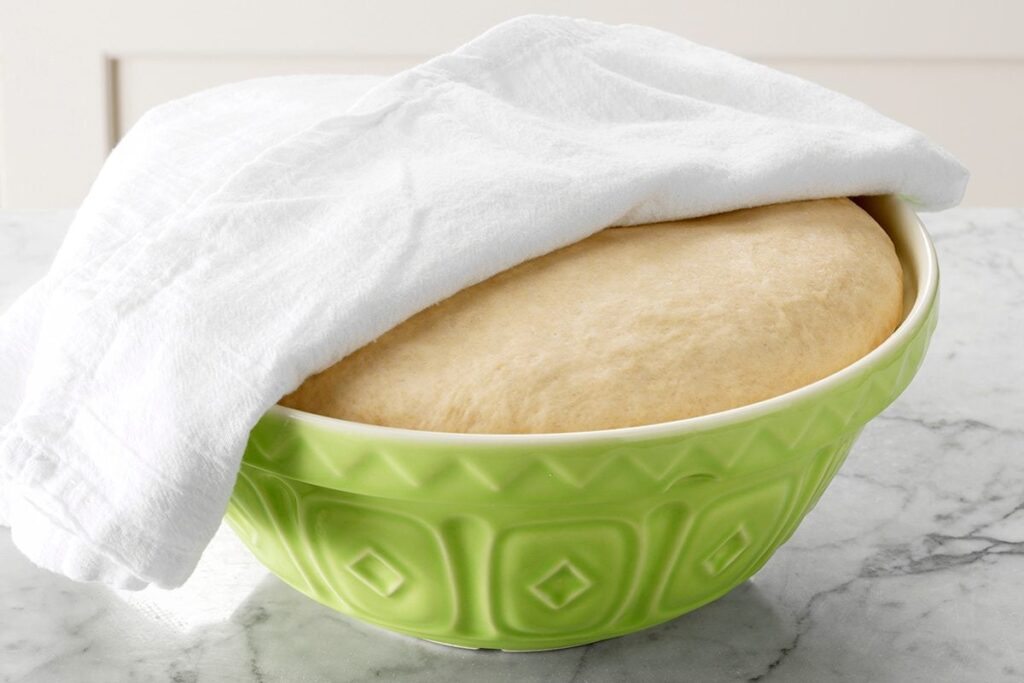
2. Leavening Agents: The Secret to Rising
Leavening agents are the chemicals responsible for making baked goods rise. There are three main types: baking powder, baking soda, and yeast. Each works in a slightly different way, but the goal is the same: to create bubbles that expand during baking, giving the dough or batter a light, airy texture.
- Baking Soda: This is a base and requires an acid (like vinegar, lemon juice, or buttermilk) to activate it. When combined, they produce carbon dioxide gas, which creates bubbles and helps the batter rise.
- Baking Powder: This contains both an acid and a base and is typically used in recipes that don’t contain an additional acid. It releases carbon dioxide gas in two stages: once when mixed with liquid, and again when exposed to heat, making it great for cakes, muffins, and pancakes.
- Yeast: Yeast is a living organism that ferments sugars in dough, producing carbon dioxide and alcohol. This gas causes the dough to rise and gives bread its airy texture and distinct flavor.
Tip: Always use the correct type and amount of leavening agent specified in a recipe. Too much can cause your baked goods to rise too quickly and collapse, while too little can result in dense, heavy textures.
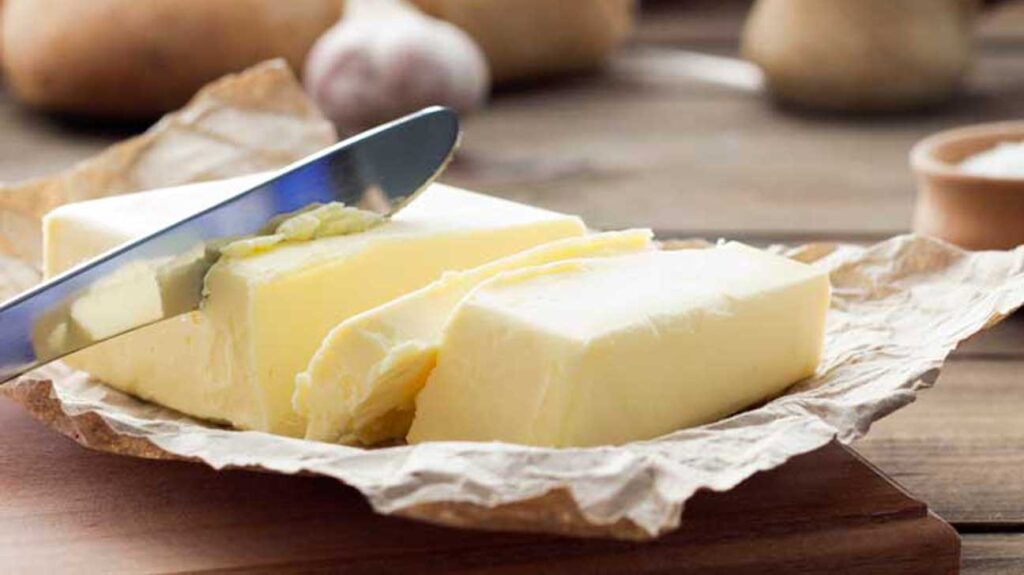
3. The Importance of Butter and Fat
Fat plays a crucial role in baking, influencing both the flavor and texture of the final product. It tenderizes dough by coating the flour particles, preventing them from forming too much gluten, which can make baked goods tough. Fat also adds richness and moisture.
There are several different fats commonly used in baking, including butter, margarine, oil, and shortening. Butter is a popular choice because of its rich flavor and ability to create a tender, flaky texture. Oil, on the other hand, tends to create a more moist and tender crumb, which is perfect for cakes or brownies.
Tip: For flaky pastries, use cold butter and cut it into the flour quickly to prevent it from melting before baking. For cakes or muffins, using room temperature butter will help create a light and airy batter.
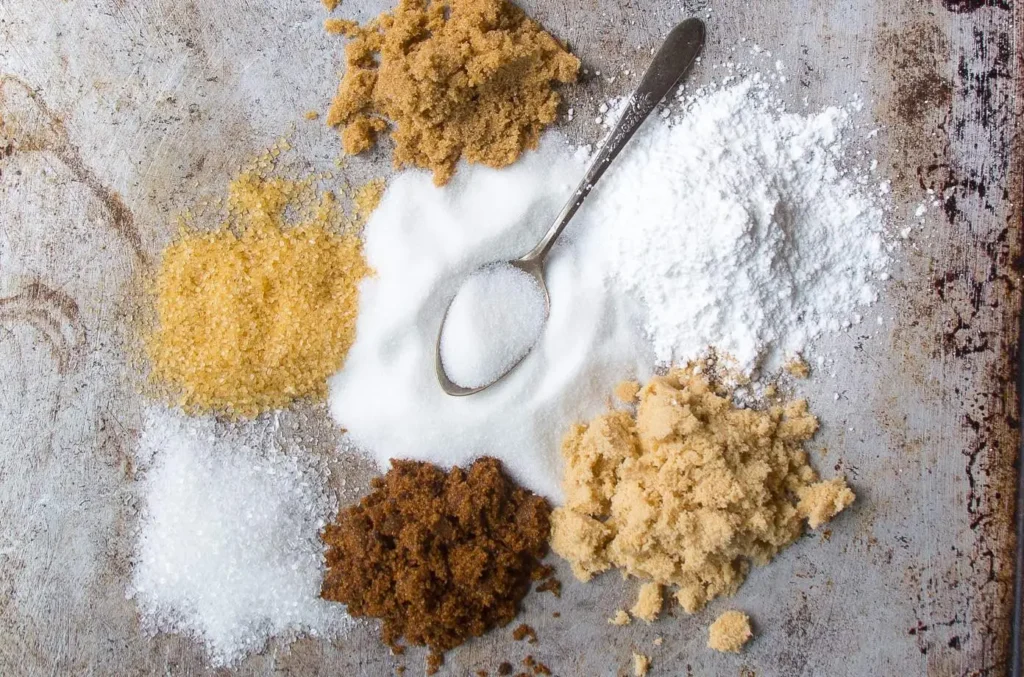
4. The Role of Sugar
Sugar is more than just a sweetener. It affects the texture, color, and structure of baked goods. When sugar is mixed with butter, it helps to create a light, airy texture by trapping air during the creaming process. It also contributes to the browning of baked goods through a process called caramelization, giving them a golden color and rich flavor.
Sugar also helps retain moisture, which is why cakes made with sugar tend to stay moist longer. It can also aid in stabilizing the structure of meringues and whipped cream by drawing in moisture and helping to maintain their shape.
Tip: If you’re looking for a softer, moist texture in cakes, you can substitute some of the sugar with brown sugar, which contains molasses and retains more moisture than white sugar.

5. The Magic of Eggs
Eggs play several important roles in baking. The proteins in eggs help to bind ingredients together and provide structure to baked goods. They also contribute to moisture and can help improve the texture by emulsifying the fats and liquids in the batter.
Eggs also have a leavening effect, especially when beaten. The air trapped in eggs during mixing or whisking can help to lighten the batter, creating a fluffier texture. This is especially important for cakes and soufflés.
Tip: Be sure to use eggs that are at room temperature for most baking recipes. Cold eggs can cause fats to seize up and affect the consistency of the batter.
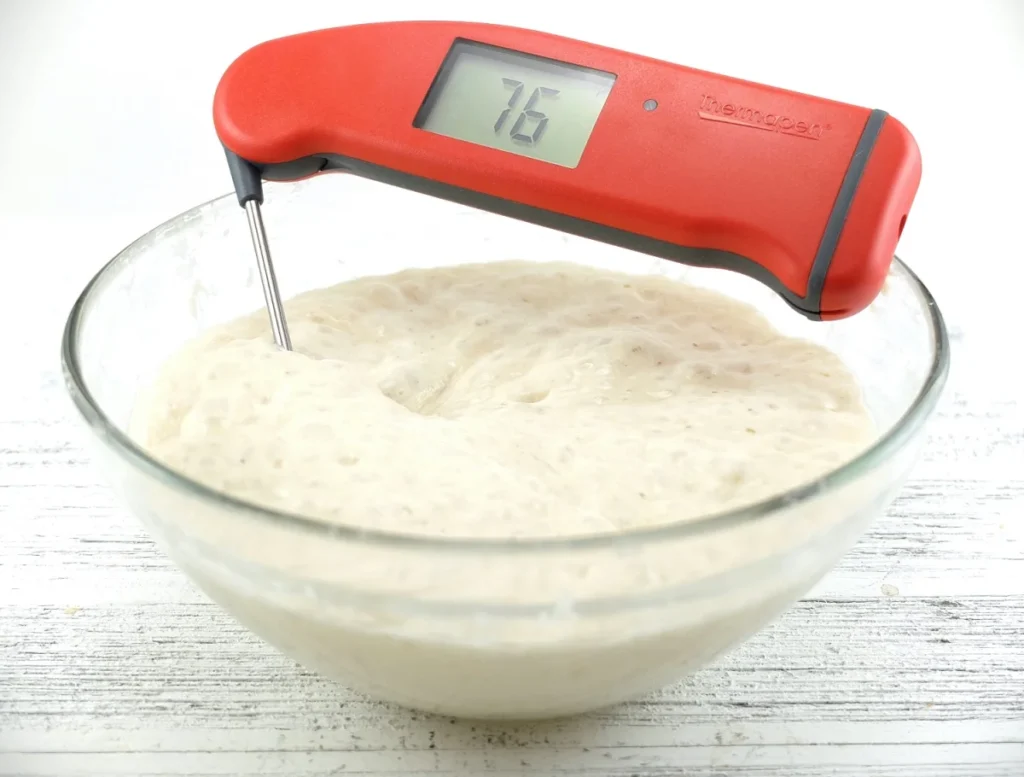
6. The Temperature Factor
Temperature plays a huge role in baking. The temperature of your oven, the ingredients, and even the environment can influence how well your baked goods turn out. For example, many recipes require the oven to be preheated to a specific temperature so that the ingredients bake evenly. If the oven is too hot, it can cause the outside of your baked goods to brown too quickly, leaving the inside undercooked.
Similarly, the temperature of your ingredients can affect the texture of your baked goods. For instance, using cold butter for pie crusts or pastries creates a flakier texture, while room-temperature butter is ideal for cakes and cookies, helping to create a smooth, creamy batter that traps air for a light texture.
Tip: Invest in an oven thermometer to ensure your oven is at the right temperature. Even a small difference in temperature can cause baking issues.
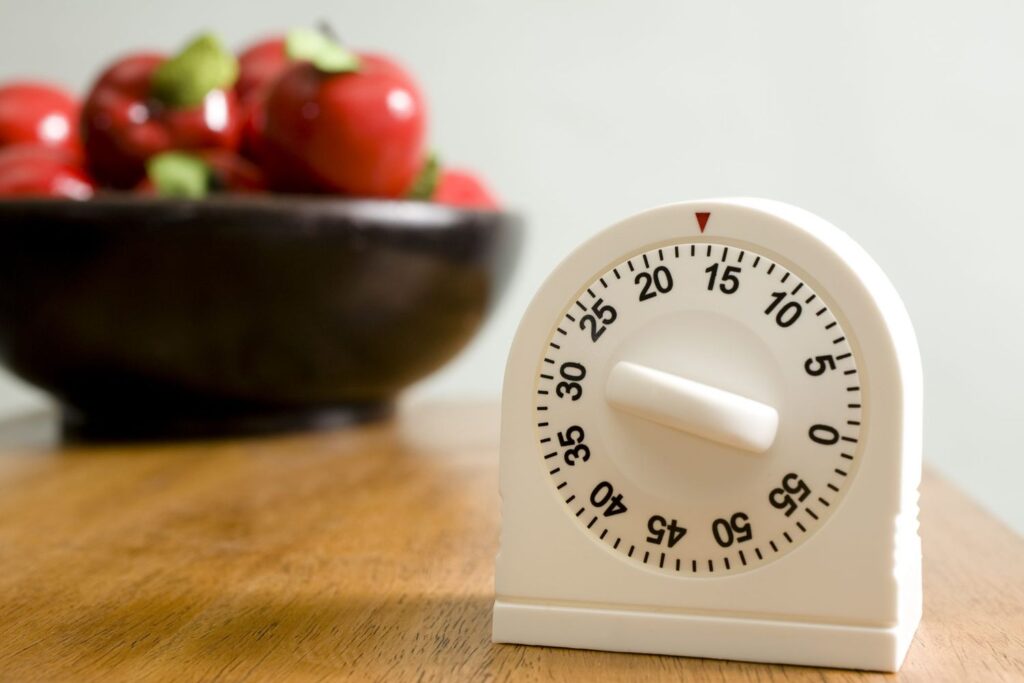
7. The Science of Timing and Baking Time
The timing of when you add ingredients and how long you bake your goods is critical to achieving the right texture. Overbaking can dry out your cakes or cookies, while underbaking can result in soggy or raw centers. Always follow the recommended baking time in recipes and use visual cues, such as golden-brown edges or a toothpick inserted into the center coming out clean, to know when your baked goods are done.
Tip: Ovens vary, so start checking your baked goods a few minutes before the suggested time. If you’re unsure, use a toothpick or cake tester to test for doneness.

